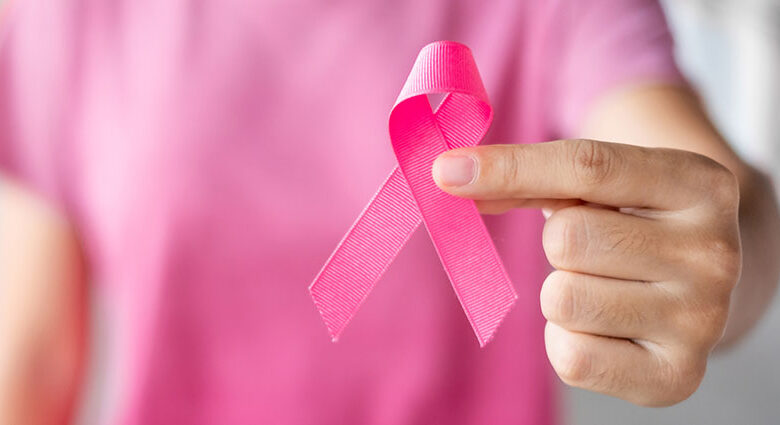Breast Cancer: Causes, Symptoms, and Cure

Breast cancer is a type of cancer that develops in the breast tissue. It is the most common cancer among women, and it is estimated that about 1 in 8 women in the United States will develop breast cancer during their lifetime. Breast cancer can also occur in men, but it is rare.
Causes:
The exact causes of breast cancer are not known, but there are several risk factors that increase the likelihood of developing the disease. These risk factors include:
- Age: The risk of breast cancer increases with age. Most breast cancers are diagnosed in women over the age of 50.
- Family history: Women who have a family history of breast cancer, especially if the cancer affected a close relative like a mother or sister, are at a higher risk of developing the disease.
- Genetics: Some genetic mutations, such as BRCA1 and BRCA2, can increase the risk of breast cancer.
- Hormone levels: Women who have higher levels of estrogen and progesterone are at a higher risk of developing breast cancer.
- Lifestyle factors: Certain lifestyle factors like obesity, alcohol consumption, and lack of physical activity can also increase the risk of breast cancer.
Symptoms:
The most common symptom of breast cancer is a lump or thickening in the breast tissue. Other symptoms include:
- Swelling, redness, or warmth in the breast
- Changes in the size or shape of the breast
- Dimpling or puckering of the skin on the breast
- Nipple discharge
- Nipple inversion
- Changes in the texture of the breast skin
It is important to note that not all lumps in the breast are cancerous, but it is important to get any changes in the breast checked by a doctor.
Cure:
The treatment for breast cancer depends on the stage of the cancer and the individual patient’s needs. The main treatments for breast cancer include:
- Surgery: The most common type of surgery for breast cancer is a lumpectomy, which removes the cancerous lump from the breast. In some cases, a mastectomy, which removes the entire breast, may be necessary.
- Radiation therapy: Radiation therapy uses high-energy radiation to kill cancer cells. It is often used after surgery to destroy any remaining cancer cells.
- Chemotherapy: Chemotherapy uses drugs to kill cancer cells. It is often used before or after surgery to shrink the tumor or destroy any remaining cancer cells.
- Hormone therapy: Hormone therapy is used for hormone receptor-positive breast cancers. It works by blocking the hormones that help these cancers grow.
- Targeted therapy: Targeted therapy uses drugs that target specific proteins in cancer cells. It is often used for HER2-positive breast cancers.
In addition to these treatments, women with breast cancer may also need supportive care like pain management, emotional support, and physical therapy.
Conclusion
In conclusion, breast cancer is a serious disease that affects many women around the world. Knowing the risk factors, symptoms, and treatment options can help women take steps to prevent and treat the disease. It is important for women to practice regular breast self-exams and get regular mammograms to detect any changes in the breast tissue early. With early detection and treatment, many women with breast cancer are able to survive and live healthy lives.
For more useful information, check the rest of our blog.




